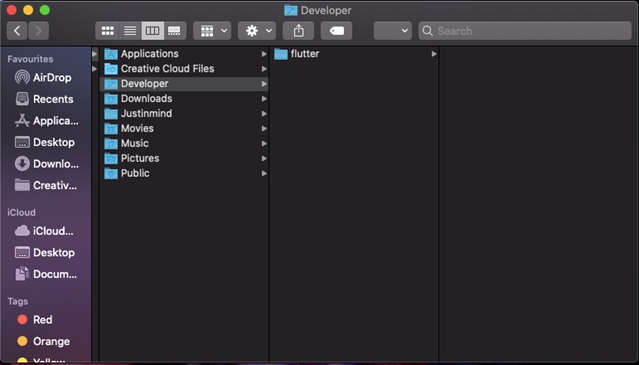

It’s worthwhile to go through the entire Flutter development tutorial, starting with the widgets intro we’ve started here. The first three screenshots below show stateless widgets, gesture handling, and stateful widgets. The Flutter team recommends only using the Cupertino components on iOS-only apps for multiplatform apps, consider using another set of widgets for example, the Material Design set. To create an iOS-centric design, see the Cupertino components package. The navigator lets you transition smoothly between application screens. The navigator manages a stack of widgets identified by strings, also known as routes in Flutter. This widget builds various other useful widgets at the root of your application, including a navigator.

Let's say that you are building a multiplatform application that starts with the Flutter MaterialApp widget. As shown in Figure 1 below, the most used widgets and layouts are text widgets, Flexbox row and column layouts, stack absolute positioning layouts, positioned widgets, and container widgets. Flutter 3 supports six platform targets: Android, iOS, Windows, macOS, Linux, and web applications.įlutter widgets are built using a modern framework inspired by React.

Flutter is an open source framework developed by Google that lets you build natively compiled, multiplatform applications from a single codebase.


 0 kommentar(er)
0 kommentar(er)
